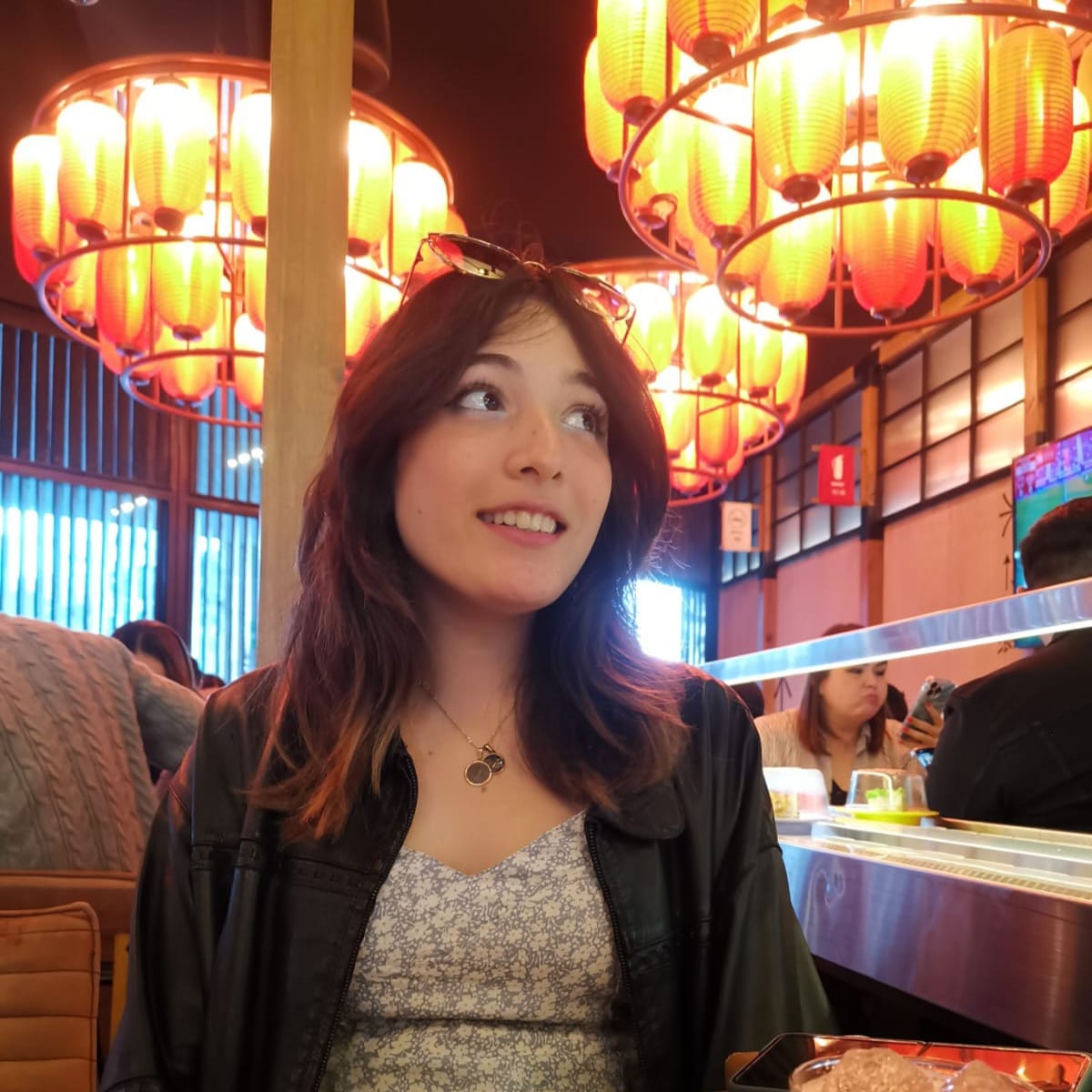About me

computational neuroscientist || science communicator || researcher || aspiring poet
Hi, I'm Andrea!
I’m an early career neuroscientist interested in the conjunction between neuroscience and technology, with a focus on interactions that shape visual perception and cognition. My long-term goal is to improve human experience with novel neurotechnology strategies all while opening new possibilities to students from disadvantaged backgrounds.
My professional aspirations are pursuing a doctoral study in cognitive computational neuroscience to further create visual cortical prosthetics that will aid in vision restoration.
How does the brain encode what we see? Can we reverse-engineer this process to evoke images through electrical stimulation? We analyze using patterns and decide using emotions. I am fascinated by how cognition is shaped by interactions between neural circuits, specifically by how electrophysiological signals relating to cognitive processes can inform how these interactions occur at the circuit-level.

Where am I today?
As of now, I am a senior at the University of California, San Diego majoring in cognitive and behavioral neuroscience and studying non-oscillatory neural activity as a research assistant in the lab of Dr. Brad Voytek .

My interest in neuroscience began watching TedTalks and YouTube videos about the human brain since my educational background did not cover anything similar to that. At the time, there was no way to study neuroscience at the undergraduate level in Mexico, which led me to search for opportunities abroad. I had no idea people could dedicate their career to research and answering cool, geeky questions, that is not something you hear about in Chiapas (my home state). Still, I decided to pursue a career in that field, not knowing what that career would look like, simply because the more I learned about neuroscience the more fascinated I was.
My views on the value of diversity in science have been shaped by a combination of personal experiences, observations of global disparities, and active efforts to bridge gaps in knowledge and opportunities. These experiences fuel my commitment to promote diversity and inclusion in science.
